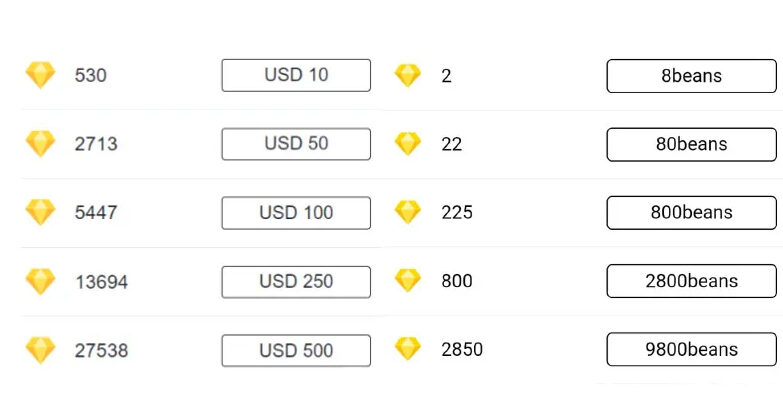It can be a bit shocking when the newest tyre has a waxy, white film on shoulder regions or the sidewalls because everyone knows that tyres are black, circular and retain air. On rubbing it with your finger, it balls up and is difficult to remove. Why does it exist? It can occasionally be mistaken for shipment marks, unknown chemicals that were spilt on the tyre, mounting oil, or even wintertime road salt. In reality, it’s none of the aforementioned materials. You will realise that it is a common occurrence if you handle Tyres Harlow more often.
Once the individual parts of a tyre finish assembly, the producer considers them manufactured. They are now called Green Tyres. These green tyres get put in a metallic mould to cure them. This process is vulcanization. The finish of the uniform tyre is then taken from the mould. After subjecting it to longer, strong pressure and temperature during the curing process. Lubricating the mould ensures that it is much simpler to remove the tyre after the curing process. Similar to how we grease pans before making a cake. Although the techniques used by each producer, and perhaps even by each plant, vary, the first few tyres to come out may have extra mould discharge agents on them. Approximately after the first 500 break-in miles following setup, this mould discharge comes off the tyre.
Tyre makers incorporate chemicals in the rubber material.
These chemicals protect the tyre from the sunlight, ozone, acid rain, ageing, and other natural elements. Such factors might cause the tyre to break down. These chemicals can take the shape of lubricants, surfactants, waxes, enzymes, preservatives, and other substances, and they can occasionally rise to the top surface of a new tyre. While some may object to the look, we advise against attempting to clean it. Besides being famously hard to get rid of, the waxy, white layer on the tyre serves a crucial purpose by preserving the rubber and preventing early cracking. Normally, the surplus on the top will erode off with usage, revealing the tyre’s natural, matte black sheen while providing durability for many years.
The meaning of Tramlining
The word “streamlining” refers to when steering power’s interrupted by the car’s inclination to track the longitudinal depressions present in the road. Its term is similar to that of a tram or rail operator. It does not manoeuvre his machine as it travels in the line provided by the rails.
Due to uneven pavement or significant longitudinal depressions, any car might display tramlining on specific sections of the roadway. And, to some extent, all cars tramline instead of perfectly obeying the driver’s directional input. For example, while changing lanes, there is generally at least a little shift in driving resistance felt via the wheels.
When drivers that are from snowy areas switch from winter tyres to summer tyres. Or when any motorist boosts the effectiveness of their tyres by utilising the same size or switching to a Plus Size tyre and wheel combo, there are significant improvements in tramlining. Since neither the normally smaller and milder handling winter tyres nor the original tyres create as much traction or sensitivity as the peak performance summer tyres, it gets more noticeable. We need to keep in mind that the car’s suspension functions as a whole. So a higher-calibre tyre will also reveal any previously unseen laxity in the remainder of the suspension system.
What parts influence tramlining?
Tyres have the greatest impact on streamlining. This is because they are in direct touch with the roadway (and the ruts and/or holes that are present there). Regrettably, anything that enhances the sensitivity of a high-class tyre also increases its inclination to tramline.
Read More: How to virtual truck customize ?
High-quality tyres with thin sidewalls provide a lot of turning ability at low slide angles. These are more vulnerable to tramlining than regular passenger tyres. It’s because they produce less turning force until the slide angle improves. A tyre with a broader tread will meet more longitudinal depressions in the road than a tyre with a thinner tread. A tyre with big tread blocks that accurately convey the driver’s touch to the road will also transfer the road’s irregularities to the car’s suspension. Since tyres become more sensitive when their tread depth goes off they are more prone to tramline as they wear.
Fitting bigger Tyres Epping and wheel packages generally necessitates the use of wheels that are different from the car’s initial wheels. In certain circumstances, the replacement wheels will be somewhat less misaligned than the originals. While in others, they will be significantly more misaligned. It all relies on the suspension architecture of the automobile and the potential wheel-well spacing. Original Manufacturers frequently employ variable wheel alignments for various dimension tyre and wheel packages.
Author Bio:
This is Aryan, I am a professional SEO Expert & Write for us technology blog and submit a guest post on different platforms- Technoohub provides a good opportunity for content writers to submit guest posts on our website. We frequently highlight and tend to showcase guests.







